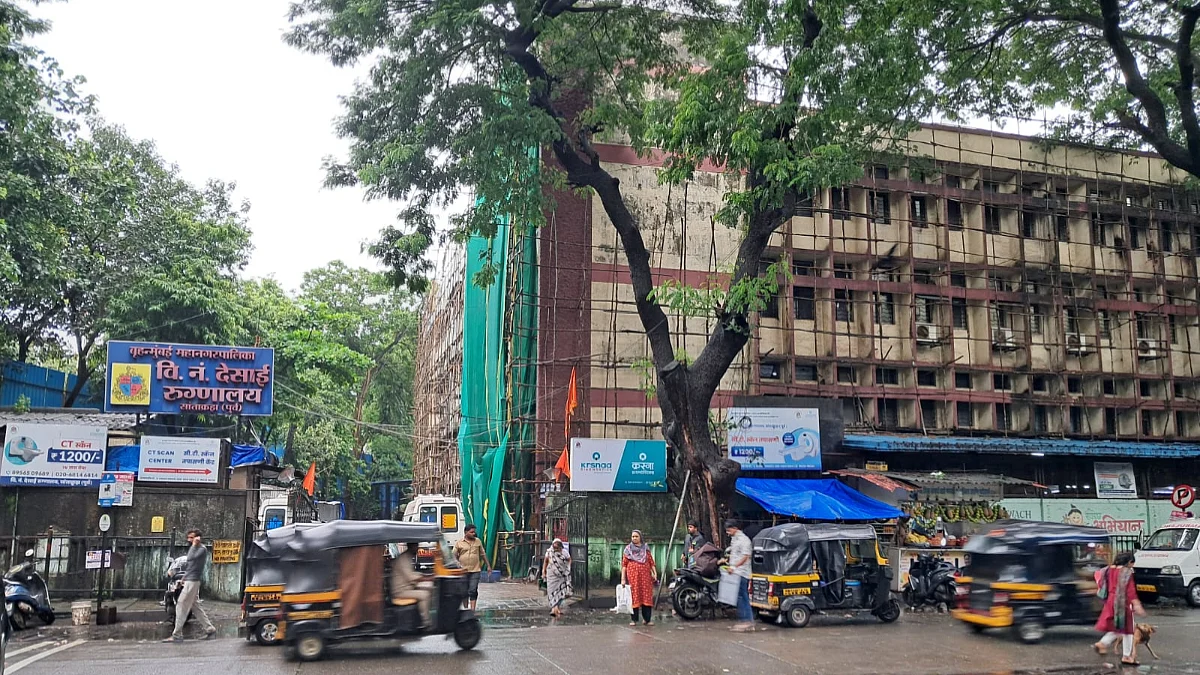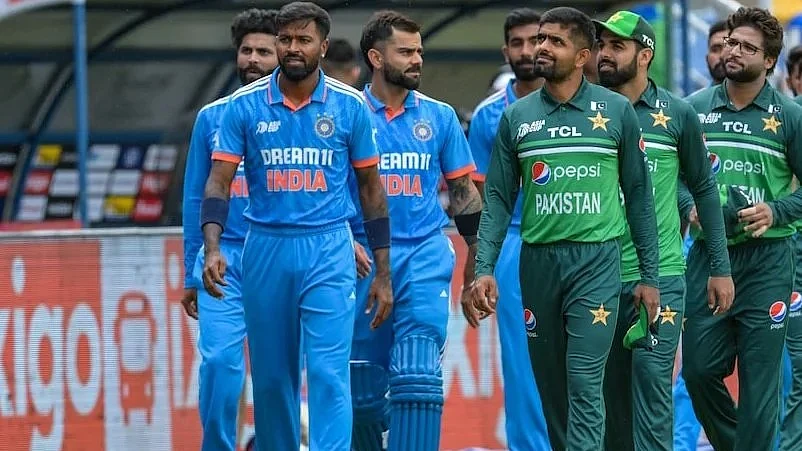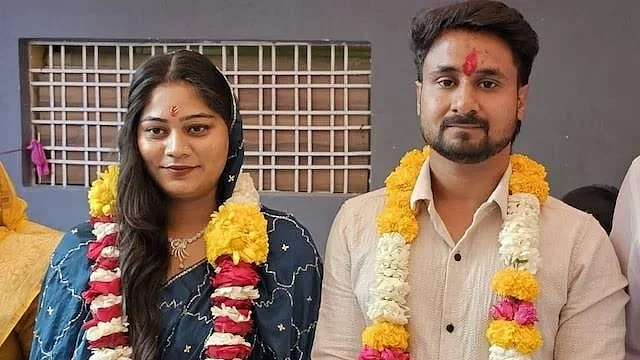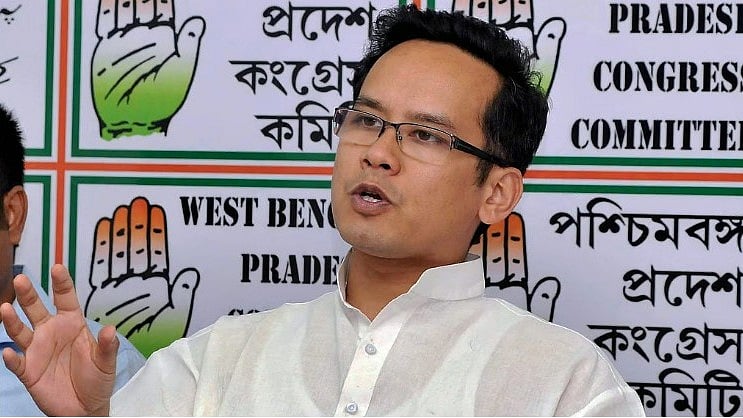The Kanwar Yatra, once a humble pilgrimage to Lord Shiva, has morphed into a stage for political theatrics, identity assertion, and social engineering — and every party now wants a share of its spiritual glow.
The recent controversy in Bareilly, where a schoolteacher advised students to “light the lamp of knowledge instead of fetching Kanwar,” exploded into a political flashpoint. Right-wing groups accused him of “insulting Hindu beliefs,” leading to an FIR. The teacher insisted he meant no disrespect, saying, “I wanted to inspire students towards education. I respect the Yatra, but knowledge too is sacred.”
But nuance has little space when faith and politics collide. As lakhs of saffron-clad devotees walk barefoot carrying Ganga water for Lord Shiva, the Kanwar Yatra has transformed into a political carnival.
"Faith is no longer just personal in India — it’s political currency," said political analyst Rajendra Kumar. “And the Kanwar Yatra has become one of the biggest tools to tap into that.”
Since 2017, Chief Minister Yogi Adityanath has elevated the Yatra into a state-sponsored spectacle. Drones shower petals, loudspeakers blare bhajans and pro-BJP slogans, and authorities issue directives that critics say subtly target Muslims — such as publicising eatery owner names or pushing “Sanatani” (vegetarian) stickers on shops.
“This is not about food. It is about preserving culture,” said Mahesh Vats, a VHP volunteer in Meerut. But Muslim vendors like Mohammad Aslam see it differently: “People avoid our stalls after seeing our names. It is an indirect boycott.”
Yogi recently lashed out at media reports depicting Kanwariyas as unruly. “This is not mob behaviour. It is devotion,” he said. But violence and roadblocks by some Kanwariyas in past years have led critics to ask whether the state is enabling majoritarian impunity.
From Ritual to Rally: A Political Turn
What makes the Yatra even more politically potent is its base. Though historically upper-caste, today’s Kanwariyas are mostly Dalits and OBC youth from rural and semi-urban backgrounds — many of them unemployed or socially marginalised.
“Walking for Mahadev makes me feel equal. I forget my caste,” said Ravi Kumar, a 22-year-old Dalit labourer from Etah on his first Yatra.
Analyst Rajendra Kumar sees this as strategic assimilation. “The BJP uses the Yatra to fold backward castes into the Hindutva fold, blurring caste lines under a single religious identity. It is Sanskritisation and vote consolidation rolled into one.”
Not to be outdone, the Samajwadi Party (SP) launched its own Kanwar Yatra from Haridwar, with posters of Akhilesh Yadav and Mulayam Singh. “Our PDA — Pichhda, Dalit, Alpsankhyak — also believes in Shiv Bhakti,” said SP leader Rajendra Chaudhry. “Why should BJP monopolise it?”
SP’s Iqbal Mehmood condemned the rise of “hooliganism” among some Kanwariyas, while Congress leader Digvijaya Singh questioned state leniency. “Why is one faith’s road worship hailed, while another’s is policed?”
Bhim Army MP Chandrashekhar Azad also weighed in: “If Muslims praying in public is obstruction, why isn’t the same said of Kanwar roadblocks?”
The Road Ahead
At its heart, the Yatra is about faith. But today, it reflects the state of Indian democracy — where religion, caste, politics, and identity blend in complex, combustible ways.
“Kanwar Yatra has become a litmus test for political allegiance,” said Rajendra Kumar. “The path to Shiva now leads straight into the heart of India’s electoral battlefield.”
With elections approaching, expect more chants, more flower petals — and more slogans. The question is, will devotion guide the march, or will power continue to steer it?











